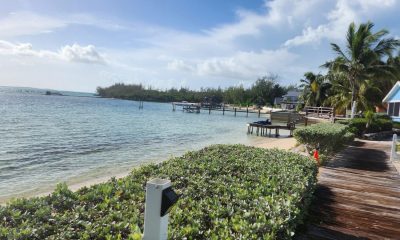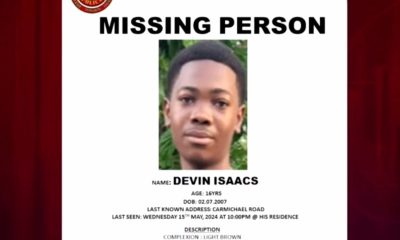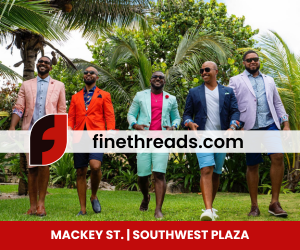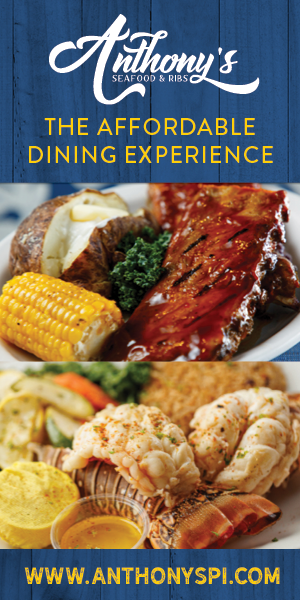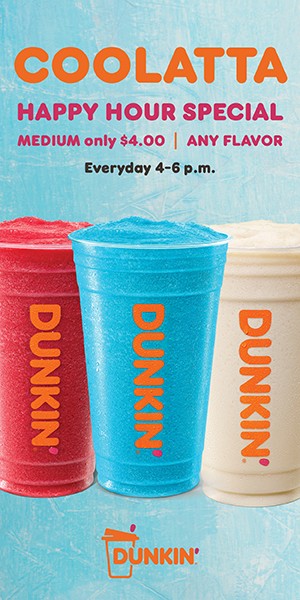Lifestyle
Big Rush: The History of Junkanoo
NASSAU, BAHAMAS – As we prepare for the this Junkanoo season, we want to first take a look at the origins of the staple cultural parade.
-

 Court2 days ago
Court2 days agoTwo Men Arraigned for Death of American Woman
-

 Court2 days ago
Court2 days agoPanel Upholds Drug Conviction and Sentence
-

 National2 days ago
National2 days agoUtopia of The Seas Brings Opportunities for Bahamians
-
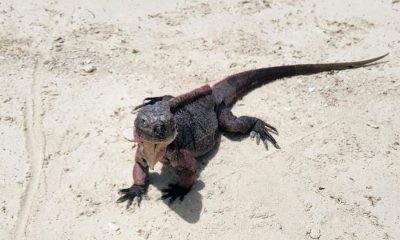
 National2 days ago
National2 days agoExuma Cays: There’s Something Out Here for Everybody
-

 National1 day ago
National1 day agoDespite Promised Savings, High Costs Remain A Concern
-

 National2 days ago
National2 days agoForeign Minister: Will Political Rhetoric Translate Into Policy?
-

 Sports2 days ago
Sports2 days agoWillis Mackey Jr. Takes Up Assistant Coaching Job
-
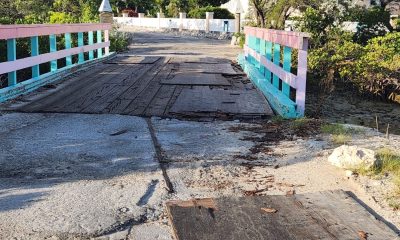
 National1 day ago
National1 day agoEven In Paradise, There Are Problems





